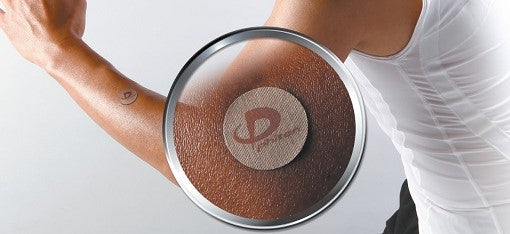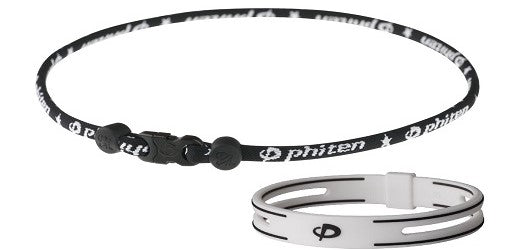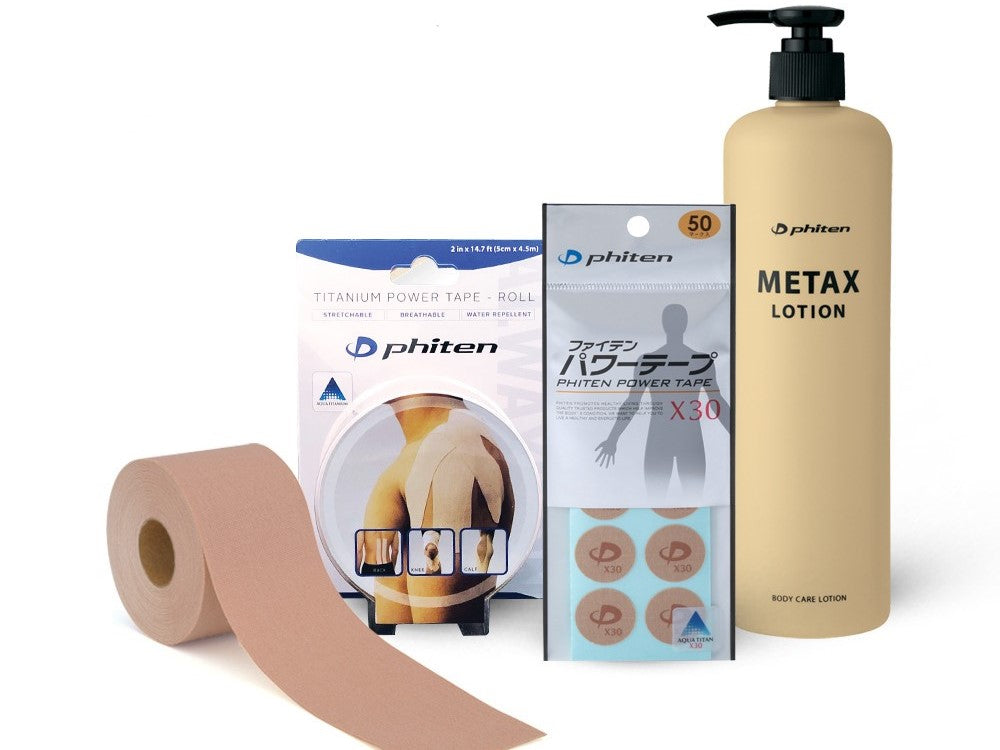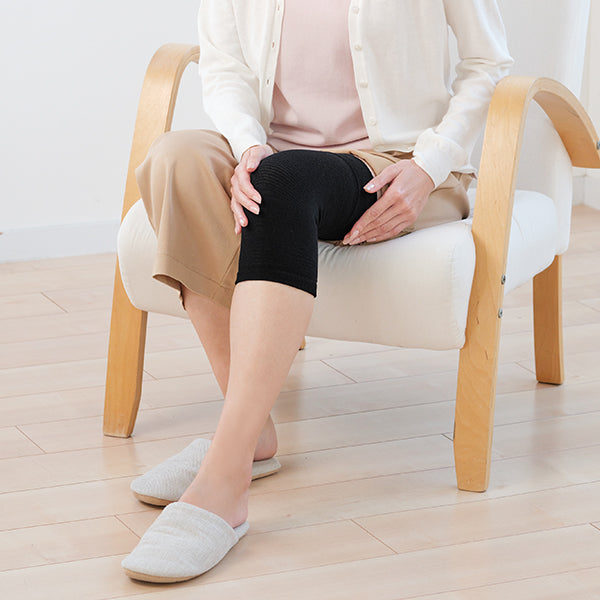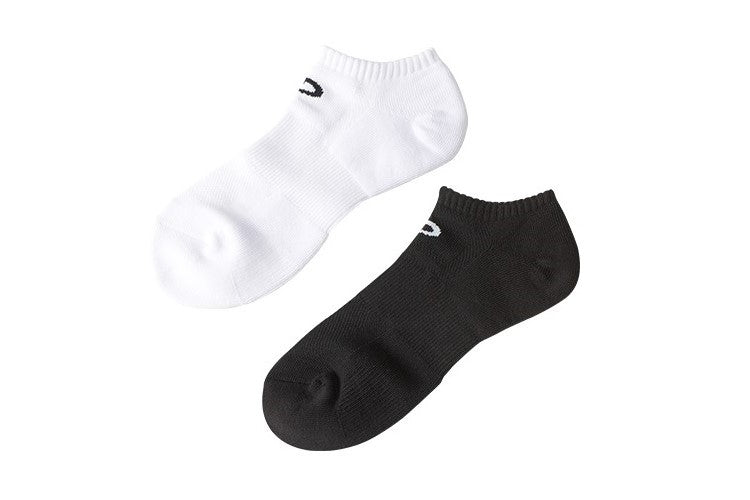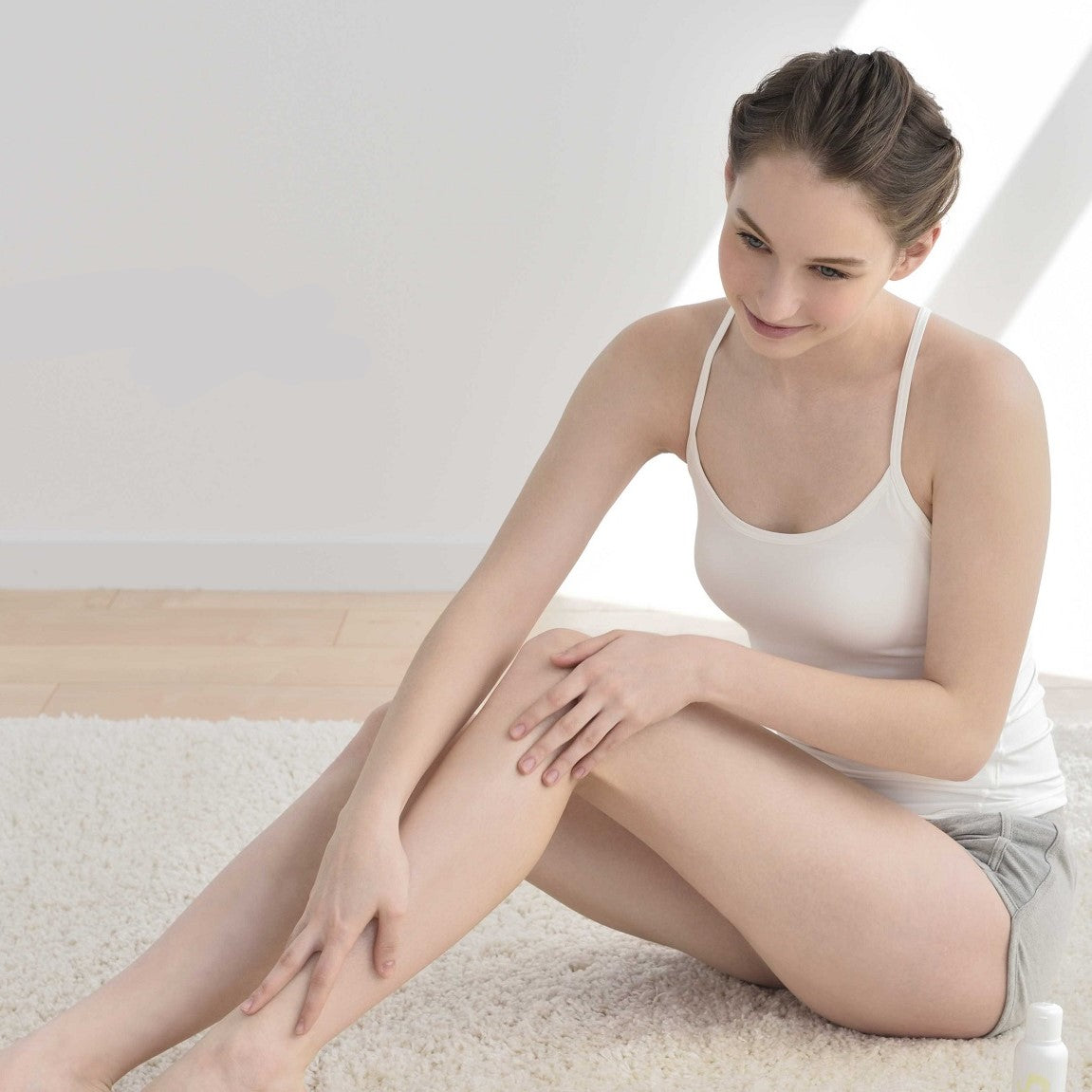SPOTLIGHT ON SPINAL HEALTH: UNVEILING LUMBAR DISC HERNIATION
Continuing from our previous discussions, this week we delve deeper into the primary causes of lower back pain, with a spotlight on Lumbar Disc Herniation (LDH).

Lumbar Disc Herniation (LDH) is more common than you might think, affecting not only the elderly but also the younger population. This condition arises when a disc in the lumbar spine is compromised. The discs, serving as cushions between the vertebrae, begin to wear out due to various factors such as age, strain, or injury. When compromised, the inner, gel-like substance of the disc can protrude, putting pressure on nearby nerves. This can result in lower back pain, discomfort, and sometimes, numbness or tingling radiating down the legs. Understanding the intricacies of LDH is crucial for effective management and prevention, fostering a healthier and more comfortable life.

Causes
Aging: The intervertebral discs lose moisture and elasticity, making them more susceptible to tearing or rupturing.
Excessive Strain: Heavy lifting, sudden pressure, or repetitive strenuous activities can contribute to disc herniation.
Trauma or Injury: Accidents or falls can lead to spinal injuries, resulting in disc herniation.
Genetic Predisposition: Some individuals are genetically predisposed to spinal problems, including LDH.
Lifestyle Factors: A sedentary lifestyle, lack of exercise, smoking, and obesity can compromise spinal health.
Poor Posture and Ergonomics: Continuous stress due to poor posture and non-ergonomic work conditions contribute to disc degeneration.
Occupational Hazards: Jobs involving heavy lifting, twisting, or other strenuous activities increase the risk of LDH.
Symptom Checklist
□ Lower Back Pain and Stiffness: Intensified by prolonged periods of standing, walking, or bending.
□ Pain Radiating Down the Legs: The pain may travel to the buttocks, thighs, or feet.
□ Numbness or Tingling: In the lower back or legs.
□ Muscle Weakness: Difficulty lifting objects or feeling of weakness in the legs.
□ Alleviation of Pain Upon Rest: Pain typically decreases when resting.
Note: This checklist isn’t comprehensive. Presence of these symptoms should prompt a medical consultation.
At-Risk Groups
- Sedentary Workers: Elevated stress on the lower back is common among individuals in desk jobs and drivers.
- Manual Laborers and Athletes: Regular heavy lifting and strenuous activities add strain.
- Individuals with Genetic Susceptibility: A family history increases the risk.
- Aging Population: Those aged 50 and above are more susceptible.
Prevention and Management
Proactive strategies can significantly aid in managing Lumbar Disc Herniation.
- Regular Moderate Exercise: Supports spinal health.
- Maintaining Proper Posture: Reduces stress on the lumbar region.
- Balanced Body Weight: Alleviates additional pressure.
- Ergonomic Furniture and Equipment: Minimizes strain and promotes alignment.
Prompt recognition and action are pivotal in controlling Lumbar Disc Herniation. Seek immediate professional consultation if symptoms are present.
We hope you find this information helpful in understanding and managing Lumbar Disc Herniation. Your health and well-being are our top priority. Stay healthy, and look forward to more health insights in our upcoming newsletters!
Disclaimer:
Please note that the information provided in this newsletter is for educational purposes only. It is not intended as a substitute for professional medical advice, diagnosis, or treatment. Always seek the advice of your physician or other qualified health providers with any questions you may have regarding a medical condition.


